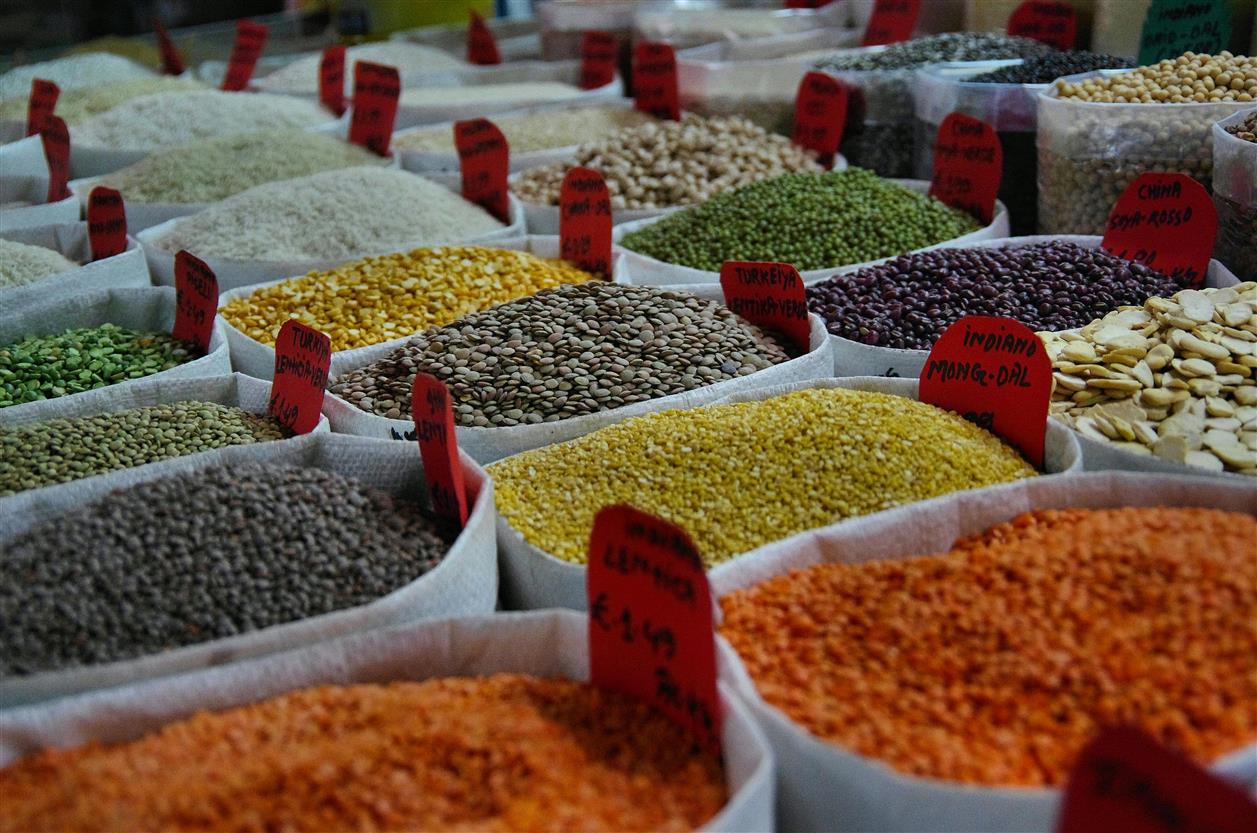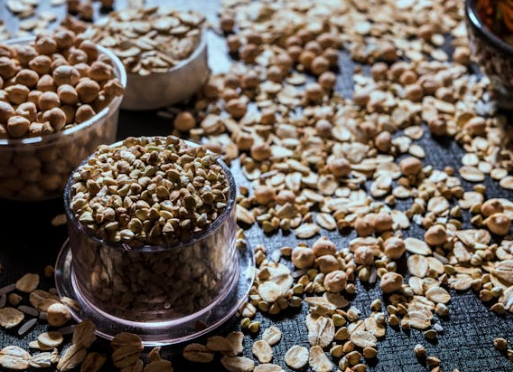
In a world increasingly shaped by climate extremes, soil degradation, and the push for more diverse, nutritious diets, a quiet shift is happening in the fields: ancient grains are making a comeback. Farro, millet, teff, sorghum, and amaranth—grains that fed empires, filled granaries, and shaped cultures long before wheat and corn became dominant—are being reintroduced into kitchens, food policy debates, and agricultural plans. This resurgence isn’t about trend-chasing. It’s about resilience, biodiversity, and a need to rethink the way we nourish ourselves on a crowded, warming planet.
A Brief History of Neglect
Modern industrial agriculture, particularly since the Green Revolution, has prioritized high-yield crops like wheat, rice, and maize. These grains were chosen for their scalability, ease of processing, and compatibility with chemical fertilizers and irrigation. While effective at boosting short-term food production, this narrowed focus also brought about monocultures, loss of traditional knowledge, and declining nutritional variety in global diets.
Ancient grains—many of them once central to local economies—fell by the wayside. Their lower yields and complex processing needs didn’t fit well with the commercial goals of mass agriculture. But what these grains lacked in yield, they often made up for in hardiness and nutrition.
Climate Resilience in a Changing World
One of the main reasons these old-world crops are finding new relevance is their ability to grow in tough conditions. Teff, for instance, thrives in dry, nutrient-poor soils and is deeply woven into Ethiopian food culture. Sorghum can tolerate drought and high temperatures better than many modern cereals. Fonio matures quickly and requires minimal inputs, making it a promising choice for regions experiencing erratic rainfall.
These crops may not replace the giants of global agriculture, but they offer a critical form of insurance—especially for regions where climate change is making conventional farming increasingly precarious. Their root systems, water requirements, and natural pest resistance make them ideal for smallholder farmers facing uncertain growing conditions.

Nutritional Depth Over Quantity
Another reason ancient grains are gaining traction is their nutritional profile. Many are higher in fiber, protein, and micronutrients than refined white rice or standard wheat. Millet and quinoa, for example, are gluten-free and provide a complete protein source, making them appealing to consumers seeking alternatives to heavily processed grains or those with dietary restrictions.
This nutrient density isn’t just a health bonus—it’s a practical response to rising rates of diet-related disease and malnutrition. In countries where stunting and iron deficiency remain persistent problems, introducing nutrient-rich grains into school meals and public food programs could have lasting impacts.
From Niche to Necessary
For years, ancient grains were marketed in the West as gourmet health foods, popping up in high-end restaurants and wellness blogs. But this boutique image is shifting. More food companies are incorporating grains like amaranth and barley into everyday products, from pasta to breakfast cereals. Meanwhile, governments and NGOs are funding pilot projects to grow these grains more widely, particularly in areas that depend heavily on imported staples.
In Senegal, the reintroduction of fonio—a fast-growing grain used for thousands of years—is creating new opportunities for farmers, millers, and exporters. In India, millets are being brought back into mainstream diets through government-backed initiatives. And in the U.S., there’s a growing number of regenerative farms experimenting with einkorn and emmer, early forms of wheat that offer better flavor and digestibility than their modern counterparts.
Barriers and Biases
Still, scaling up ancient grain production is not without challenges. Yield remains a key barrier. Many traditional grains don’t match the productivity of hybrid corn or wheat, making them less attractive to large-scale farmers focused on margins. Processing infrastructure, from threshers to mills, often isn’t designed for these grains, adding to production costs.
There’s also an education gap. Many consumers are unfamiliar with how to cook or incorporate these grains into their diets. Recipes, cultural context, and culinary know-how need to accompany the product for it to take hold.
And there’s a risk that commercial interest in these grains could sideline the very communities that have preserved them. Safeguarding local seed ownership, ensuring fair pricing, and supporting indigenous farming methods are crucial to maintaining equity as demand grows.

What the Future Holds
The return of ancient grains isn’t just a dietary trend—it reflects a deeper reckoning with the vulnerabilities of modern food systems. Diversifying what we grow and eat could be one of the most effective responses to a planet in flux. It reduces dependency on a handful of fragile crops, revives biodiversity, and reconnects people with culinary traditions that carry both meaning and nourishment.
Whether ancient grains will go mainstream or remain a niche supplement to dominant crops depends on how they’re integrated into larger conversations about food security, climate resilience, and agricultural policy. But one thing is clear: in a future where adaptability is everything, looking backward may just be a step forward.






